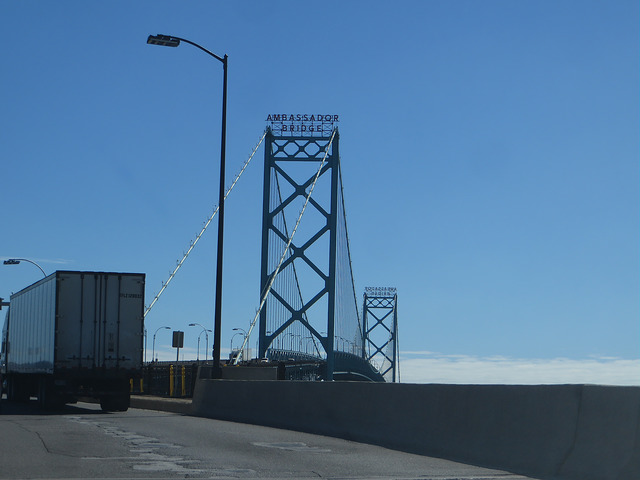
Canada, United States still have differences to address.
Last time we looked in on the NAFTA talks, the United States and Mexico had agreed to the outlines of a renegotiated deal and American officials were turning to outstanding differences with Canada.
It’s not for a lack of trying! But it looks like those differences are still significant.
Canada’s foreign minister, Chrystia Freeland, has visited Washington four weeks in a row for talks with her counterpart, U.S. Trade Representative Robert Lighthizer. They’re still at loggerheads over a number of issues, from the right to implement auto tariffs to the contours of the agreement’s dispute resolution system.
In the meantime, American and Mexican officials are forging ahead with the fine print of their bilateral deal (with placeholders left in should Canada come on board) because time is of the essence; U.S. law stipulates the text must be made public 60 days before it can be signed, and Mexico has a new president assuming office in early December. With a new government installed in Mexico City, the deal between the two sides may not hold.
Some White House officials are saying a deal with Mexico is close to finished and are wondering aloud why Ottawa hasn’t acquiesced yet.
But while the pressure mounts, Canadian negotiators may be intentionally dragging their feet because of political considerations back home. Signing a deal that makes significant concessions on its protected dairy market would become a political issue right before a provincial election in Quebec, where most of Canada’s dairy farms are. And dairy, you will recall, has been a big talking point for President Trump, who not long ago was the go-to guy if you ever wanted to buy steaks from the Sharper Image.
The Alliance for American Manufacturing will welcome a new NAFTA if it indeed installs higher rules of origin for automobiles, as well as higher labor and environmental standards. Read more about our expectations for this deal here.
